

Articles
How To Store Oxalic Acid Powder
Modified: December 7, 2023
Discover the best methods for storing oxalic acid powder safely and effectively with this comprehensive guide. Read more articles on proper chemical storage practices.
(Many of the links in this article redirect to a specific reviewed product. Your purchase of these products through affiliate links helps to generate commission for Storables.com, at no extra cost. Learn more)
Introduction
Storing oxalic acid powder safely is of utmost importance as it is a potentially hazardous substance. Oxalic acid powder, also known as ethanedioic acid, is commonly used in various industries, including cleaning, woodworking, and metalworking. It is a strong acid that can cause irritation and burns to the skin, eyes, and respiratory system if mishandled.
Proper storage of oxalic acid powder not only ensures the safety of individuals in the vicinity but also helps maintain the integrity and effectiveness of the substance itself. In this article, we will discuss the necessary safety precautions and steps to safely store oxalic acid powder.
Safety Precautions
Before proceeding with the storage of oxalic acid powder, it is crucial to adhere to a set of safety precautions to minimize the risk of accidents or exposure to the substance. Here are some essential safety measures:
- Wear appropriate personal protective equipment (PPE), including gloves, safety goggles, and a lab coat, to protect yourself from direct contact with oxalic acid powder.
- Ensure that you are working in a well-ventilated area to reduce the risk of inhaling fumes or dust. If necessary, use a fume hood or work in an outdoor area with good airflow.
- Do not eat, drink, or smoke while working with oxalic acid powder. Contamination can occur if the substance comes into contact with food or beverages.
- Keep children and pets away from the storage area to prevent accidental exposure.
- Store oxalic acid powder away from incompatible substances, such as flammable materials or strong oxidizers, which could react with the acid and cause a potential fire hazard.
- Do not store oxalic acid powder near sources of heat or direct sunlight, as this can cause the substance to decompose, release toxic fumes, or even ignite.
- Keep fire extinguishing equipment, such as a fire extinguisher or a bucket of sand, nearby in case of a fire emergency.
- In case of accidental spillage or exposure, follow proper procedures for cleaning up and seeking medical attention if necessary. Consult the Material Safety Data Sheet (MSDS) for specific instructions.
By following these safety precautions, you can significantly reduce the risks associated with storing oxalic acid powder and ensure a safe working environment.
Required Materials
Before you start storing oxalic acid powder, it’s important to gather the necessary materials to ensure safe and proper storage. Here are the materials you’ll need:
- High-density polyethylene (HDPE) or polypropylene (PP) container: Choose a container that is resistant to corrosive substances and has a tight-sealing lid. The container should be of an appropriate size to accommodate the quantity of oxalic acid powder you intend to store.
- Labels: Use labels to clearly indicate the contents of the container, including the name of the substance (oxalic acid powder), any hazards associated with it, and the date of storage.
- Permanent marker or labeling machine: This will be used to write or print the necessary information on the labels.
- Gloves: Wear chemical-resistant gloves to protect your hands while handling the oxalic acid powder and during the storage process.
- Safety goggles: Protect your eyes from potential splashes or airborne particles by wearing safety goggles.
- Lab coat or protective clothing: Wear a lab coat or other protective clothing to minimize skin exposure to the oxalic acid powder.
- Fume hood or well-ventilated area: Choose a storage location that has adequate ventilation to prevent the build-up of fumes and ensure the safety of those in the vicinity.
- Fire extinguisher or bucket of sand: Have fire safety equipment nearby in case of emergencies, as oxalic acid powder can pose a fire risk if mishandled or exposed to certain substances.
By having these materials ready, you’ll be well-equipped to safely store oxalic acid powder and maintain a secure storage environment.
Step 1: Choosing the Right Container
Choosing the right container for storing oxalic acid powder is crucial to ensure its safety and longevity. Here are some considerations when selecting a container:
- Material: Opt for a container made of high-density polyethylene (HDPE) or polypropylene (PP). These materials are resistant to corrosive substances like oxalic acid and are less likely to degrade or react with the powder. Avoid containers made of materials like metal or glass, as they can corrode or break when in contact with oxalic acid.
- Size: Select a container that can comfortably accommodate the quantity of oxalic acid powder you intend to store. Avoid using oversized containers as the extra space can lead to air and moisture exposure, potentially degrading the powder’s quality.
- Lid: Ensure that the container has a tight-sealing lid to minimize the risk of spills, contamination, and moisture infiltration. A secure lid will also prevent the oxalic acid powder from releasing harmful fumes into the surrounding environment.
- Labels: Apply a label to the container, clearly indicating the contents (oxalic acid powder), any hazards associated with it, and the date of storage. This will help you easily identify the container and ensure proper handling.
It’s important to note that if you are storing oxalic acid powder in a workplace or industrial setting, there may be specific regulations or guidelines that dictate the type of container you should use. It’s always advisable to consult relevant safety standards or seek guidance from regulatory authorities to ensure compliance.
By carefully selecting a suitable container for oxalic acid powder storage, you can minimize the risk of accidents, maintain the integrity of the powder, and ensure a safer working environment.
Key Takeaways:
- Safely store oxalic acid powder by choosing the right container, labeling it properly, and maintaining a cool, dry storage environment. Prioritize safety precautions and regular inspections to ensure ongoing safety and quality.
- Adhering to proper storage practices for oxalic acid powder demonstrates a commitment to safety and responsible handling of hazardous substances. Consult industry standards and local authorities to ensure compliance and stay up-to-date with best practices.
Read more: How To Store Powder Detergent
Step 2: Labeling and Storage Location
Once you have chosen the appropriate container for storing oxalic acid powder, the next step is to properly label it and determine the ideal storage location. Here’s what you need to do:
- Labeling: Use a permanent marker or a labeling machine to clearly label the container. Include the name of the substance (oxalic acid powder), any hazards associated with it, and the date of storage. This will help you easily identify the container and ensure proper handling.
- Storage Location: Choose a storage location that meets the following criteria:
- Well-Ventilated: Ensure that the storage area is well-ventilated to minimize the build-up of fumes and maintain a safe environment. This can be achieved by storing the container in a fume hood or an outdoor area with good airflow.
- Locked or Secured: If storing in a workplace or area accessible to others, make sure the storage location is locked or secured to prevent unauthorized access to the oxalic acid powder.
- Away from Incompatible Substances: Keep the container away from materials that may react with oxalic acid, such as flammable substances or strong oxidizers. This will reduce the risk of accidental reactions or fire hazards.
- Away from Heat and Sunlight: Store the container in a cool and dry place, away from direct sunlight and sources of heat. Exposure to heat or sunlight can cause the container to degrade or the oxalic acid powder to break down, potentially releasing harmful fumes.
Properly labeling the container and selecting an appropriate storage location play a crucial role in maintaining the safety and integrity of the oxalic acid powder. By following these steps, you can ensure easy identification, prevent accidents, and ensure the longevity of the stored substance.
Step 3: Proper Handling and Dispensing
When storing oxalic acid powder, it is important to handle and dispense it properly to minimize the risk of accidents and exposure to the substance. Follow these steps for safe handling:
- Personal Protective Equipment (PPE): Before handling oxalic acid powder, put on appropriate personal protective equipment (PPE), including chemical-resistant gloves, safety goggles, and a lab coat or protective clothing. This will help protect your skin, eyes, and respiratory system from potential contact or exposure.
- Controlled Environment: Handle the container in a controlled environment, such as a fume hood, to prevent the dispersion of dust or fumes. If working outside, make sure there is minimal wind to avoid accidental inhalation or scattering of the powder.
- Dispensing: When dispensing oxalic acid powder, use a clean and dry measuring tool or scoop to prevent cross-contamination. Accurately measure the desired quantity and avoid excessive handling of the powder.
- Minimize Dust: To minimize the generation of dust, gently pour the powder into the desired container instead of forcefully shaking or throwing it. This will reduce the risk of inhaling airborne particles and promote safe handling.
- Sealing the Container: After dispensing the oxalic acid powder, securely seal the container with the tight-sealing lid. Ensure that the lid is properly closed to prevent leaks or accidental spills.
- Clean-up: If any spills or powder residue occur during the handling process, clean them up promptly and dispose of them properly. Wipe the area with a damp cloth or paper towel and dispose of the cleaning materials in accordance with local regulations.
By following these guidelines for proper handling and dispensing, you can significantly reduce the risks associated with oxalic acid powder and maintain a safe working environment.
Step 4: Safely Sealing the Container
After dispensing the oxalic acid powder, it’s crucial to properly seal the container to ensure the safety and integrity of the stored substance. Follow these steps to safely seal the container:
- Clean the Rim: Before sealing the container, ensure that the rim and the threads of the container are clean and free from any residue or powder. Use a clean cloth or paper towel to remove any trace of the substance to prevent contamination or interference with the sealing process.
- Tighten the Lid: Place the lid securely on the container and tighten it firmly. Make sure the lid is properly aligned with the container to form a tight seal. This will prevent any leakage or accidental spills during storage.
- Additional Sealing: For added security, consider using sealing tape or adhesive sealant around the lid’s junction with the container. This extra layer of protection can further minimize the risk of air, moisture, or dust entering the container.
- Label the Seal: If you choose to use sealing tape or adhesive sealant, ensure that you label the seal with the necessary information. This will help you easily identify if the container has been tampered with and maintain proper documentation of the sealed container.
- Store the Sealed Container Upright: After safely sealing the container, store it in an upright position to prevent any potential leaking or accidental spills. This will ensure that the sealed container remains intact and maintains its integrity during storage.
Properly sealing the container is essential to prevent any accidental exposure to oxalic acid powder and maintain the quality of the stored substance. By following these guidelines, you can significantly reduce the risk of any contamination or mishaps during the storage process.
Store oxalic acid powder in a tightly sealed container away from heat and moisture. Keep it in a cool, dry place and out of reach of children and pets. Label the container clearly with the contents and date of purchase.
Step 5: Storing in a Cool and Dry Place
Proper storage conditions are essential to maintain the stability and effectiveness of oxalic acid powder. Follow these steps to store the sealed container in a cool and dry place:
- Select an Appropriate Location: Choose a storage area that is cool, dry, and well-ventilated. Avoid areas that are prone to high temperatures, humidity, or direct sunlight, as these conditions can degrade the quality of the oxalic acid powder.
- Avoid Moisture: Moisture can cause the oxalic acid powder to clump, degrade, or become less effective. Ensure that the storage area is free from any sources of moisture, such as water leaks or high humidity levels.
- Temperature Control: Aim for a stable temperature range for storing the sealed container. Extreme temperatures can lead to chemical reactions or breakdown of the oxalic acid powder. Ideally, the storage temperature should be below 25°C (77°F).
- Organize and Separate: Keep the sealed container of oxalic acid powder separate from other chemicals or substances to prevent cross-contamination. Use storage shelves or cabinets to maintain organization and ensure easy access.
- Avoid Exposure to Light: Protect the container from direct sunlight or strong artificial lighting. Ultraviolet (UV) light can affect the stability of the oxalic acid powder, leading to potential degradation.
- Regular Inspections: Periodically inspect the storage area to ensure that it remains cool, dry, and free from any signs of damage or contamination. Check the container for any leaks, cracks, or deterioration, and address any issues promptly.
By storing the sealed container of oxalic acid powder in a cool and dry place, you can preserve its quality and ensure its long-term effectiveness. Follow these guidelines to maintain the stability of the substance and promote a safe storage environment.
Read more: How To Store Gun Powder
Step 6: Monitoring and Regular Inspections
Regular monitoring and inspections of the storage area are crucial to ensure the continued safety and integrity of the stored oxalic acid powder. Here’s what you need to do:
- Schedule Inspections: Establish a schedule for regular inspections of the storage area. Depending on the quantity and frequency of use, inspections can range from weekly to monthly.
- Check for Damage: During inspections, carefully examine the sealed container for any signs of damage, such as leaks, cracks, or deterioration. If you observe any damage, take immediate action to transfer the oxalic acid powder to a new container to prevent exposure or contamination.
- Ensure Proper Labels: Verify that the container is still properly labeled with the necessary information, including the name of the substance, hazards, and date of storage. Replace labels if they become faded or damaged.
- Monitor Temperature and Humidity: Use a thermometer and hygrometer to monitor the temperature and humidity levels in the storage area. Ensure that these parameters remain within the recommended range for oxalic acid powder storage.
- Check for Clumping or Deterioration: Inspect the oxalic acid powder for any signs of clumping, discoloration, or unusual changes in texture. These can indicate moisture infiltration or degradation, potentially rendering the powder less effective.
- Remove any Contaminants: If you notice any foreign matter or contaminants in the storage area, promptly remove them to prevent potential contamination of the oxalic acid powder.
- Review Safety Procedures: Take the opportunity during inspections to review and reinforce safety procedures with anyone who has access to the storage area. This includes proper handling, personal protective equipment (PPE) protocols, and emergency response procedures.
By implementing regular monitoring and inspections, you can identify and address any issues promptly, ensuring the continued safety and effectiveness of the stored oxalic acid powder. This proactive approach helps maintain a secure storage environment and reduces the risk of accidents or exposure.
Conclusion
Proper storage of oxalic acid powder is of paramount importance to ensure the safety of individuals and the integrity of the substance itself. By following the steps outlined in this article, you can effectively store oxalic acid powder in a safe and secure manner. From choosing the right container and labeling it appropriately to maintaining a cool and dry storage environment, each step plays a crucial role in maintaining the stability and effectiveness of the substance.
Remember to always prioritize safety precautions when working with oxalic acid powder. Wear the necessary personal protective equipment (PPE), work in a well-ventilated area, and keep the powder away from incompatible substances. Additionally, regular monitoring and inspections of the storage area will help identify any potential issues and ensure ongoing safety and quality.
By storing oxalic acid powder properly, you can minimize the risk of accidents, exposure, and contamination. It helps create a safer working environment and contributes to the longevity and effectiveness of the substance.
As storage and safety requirements can vary depending on specific regulations or guidelines, it is essential to consult industry standards and local authorities to ensure compliance and stay up-to-date with best practices for storing oxalic acid powder.
Adhering to proper storage practices demonstrates your commitment to safety and responsible handling of hazardous substances, ensuring the well-being of yourself, others, and the environment.
Frequently Asked Questions about How To Store Oxalic Acid Powder
Was this page helpful?
At Storables.com, we guarantee accurate and reliable information. Our content, validated by Expert Board Contributors, is crafted following stringent Editorial Policies. We're committed to providing you with well-researched, expert-backed insights for all your informational needs.

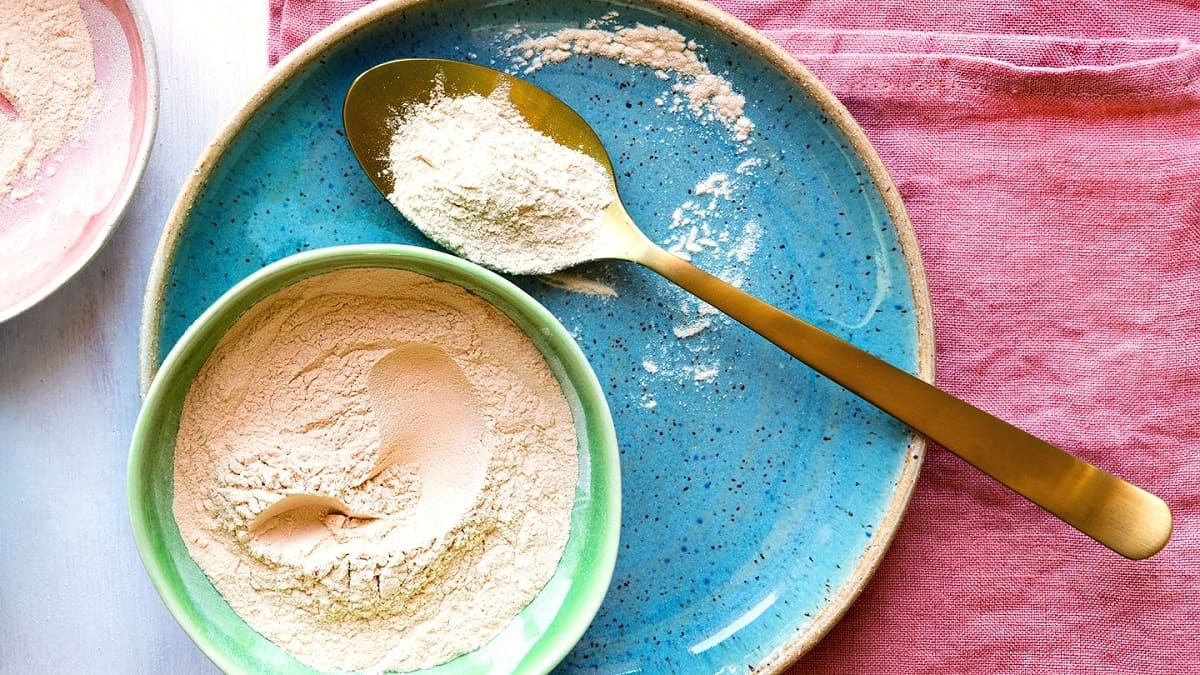

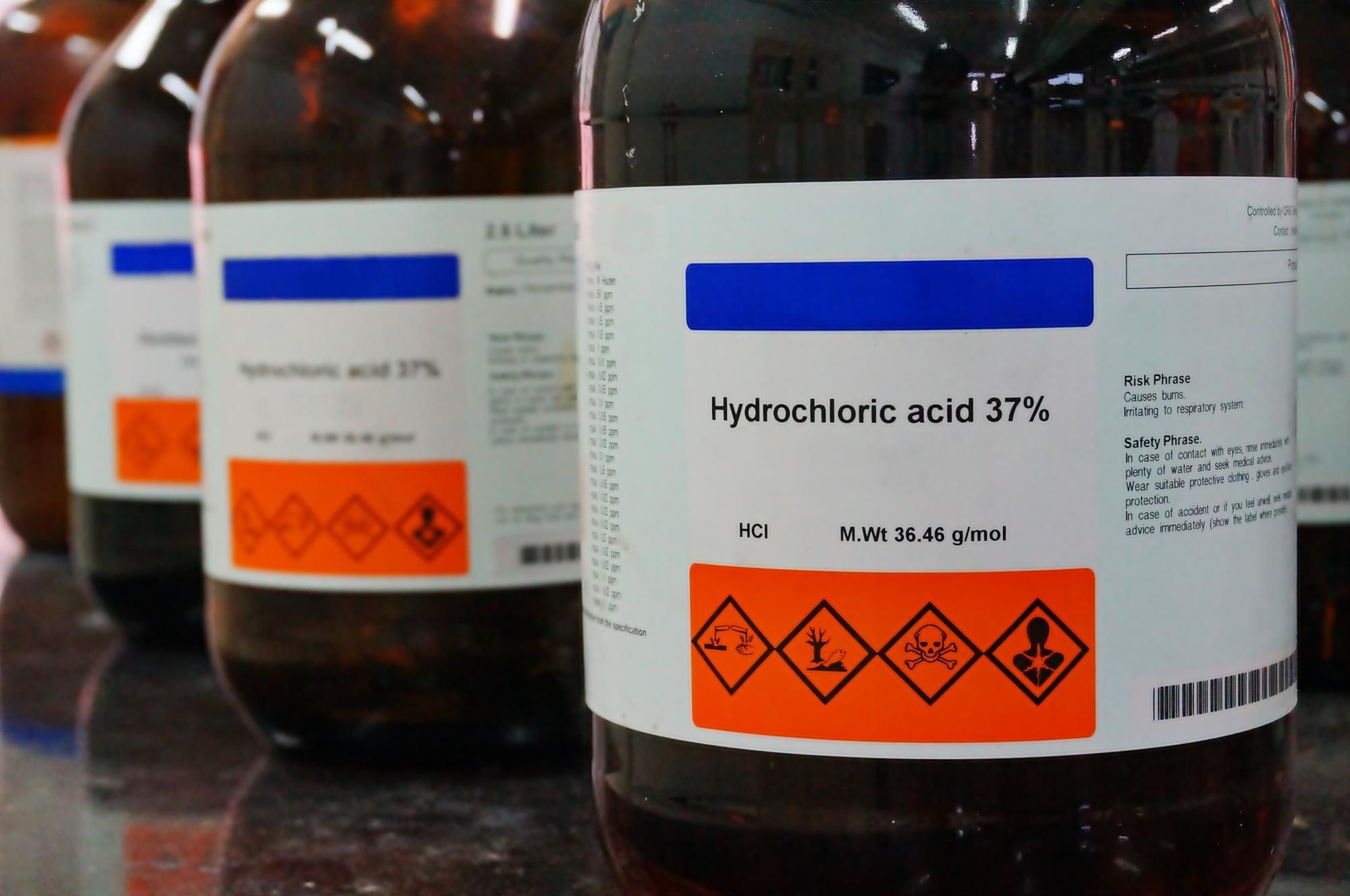

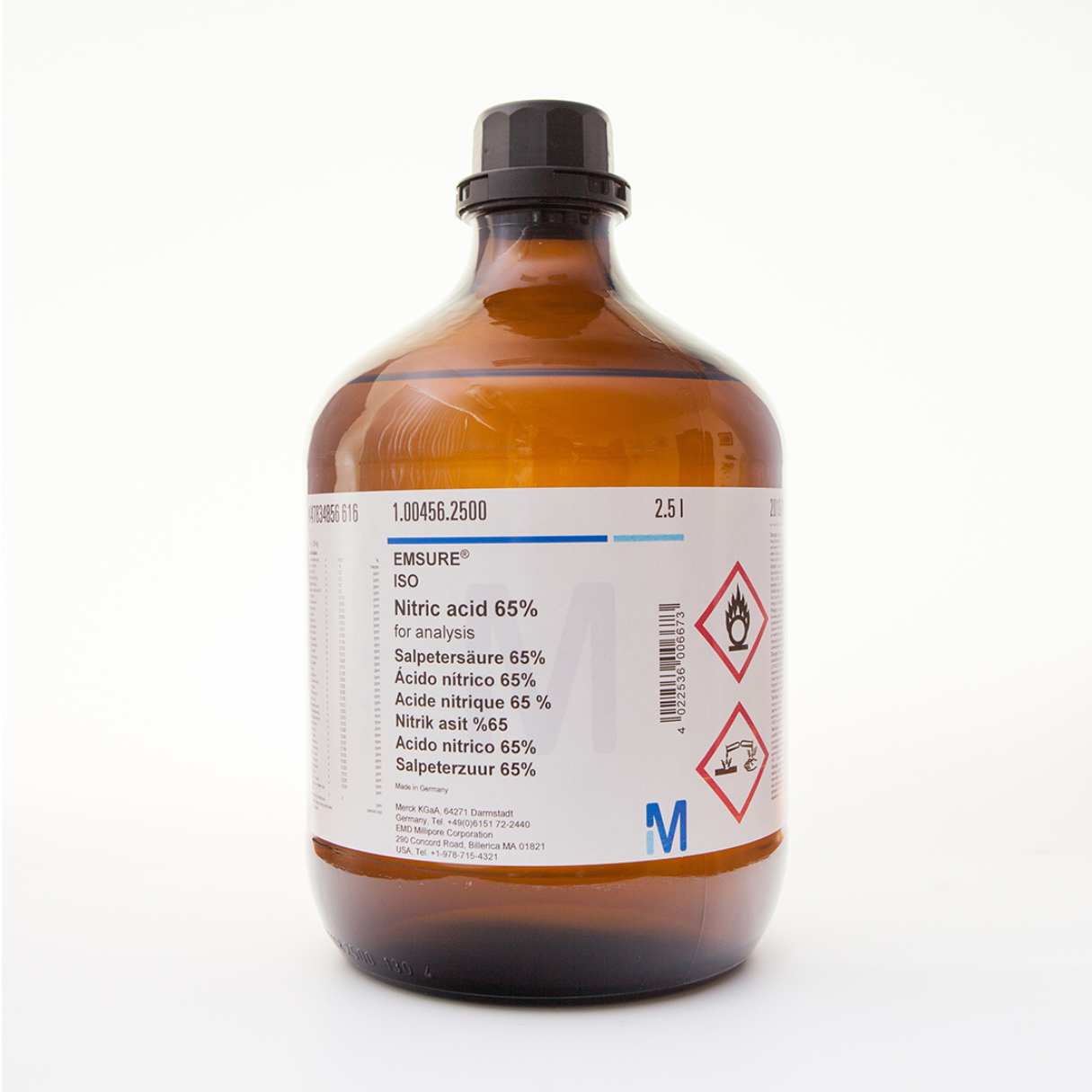
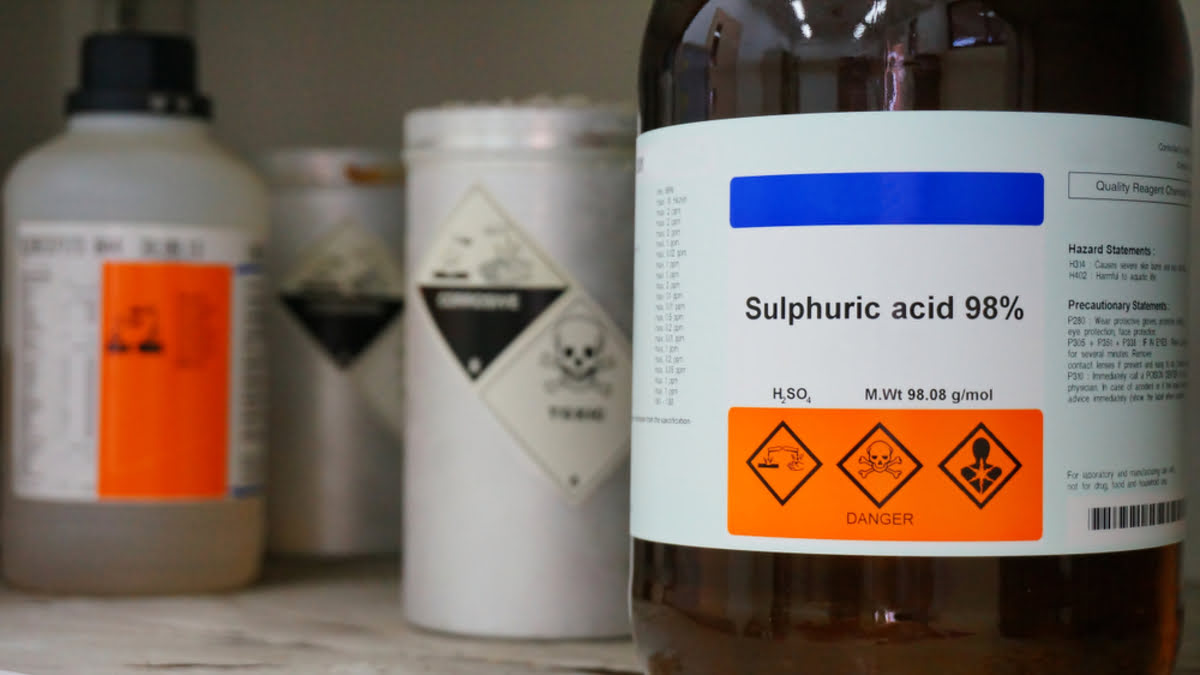


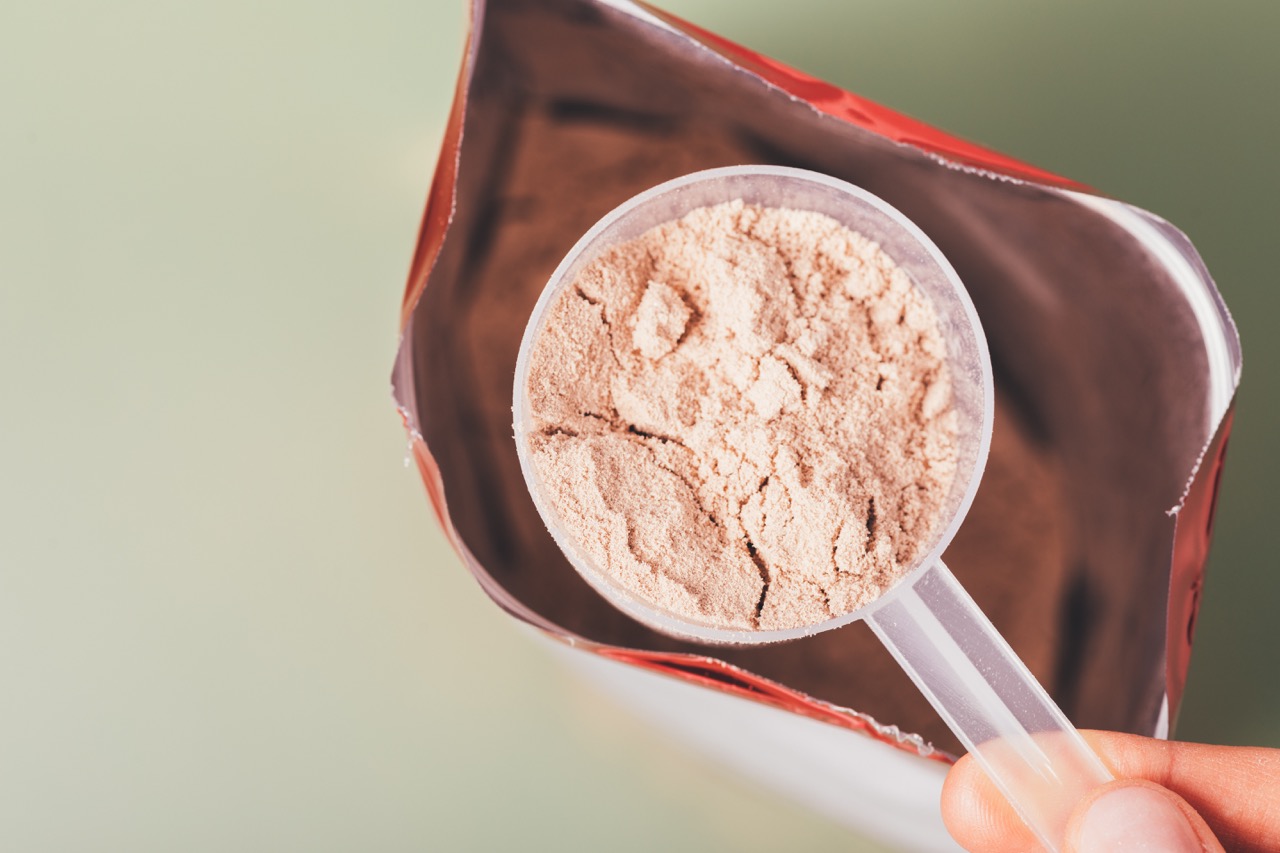
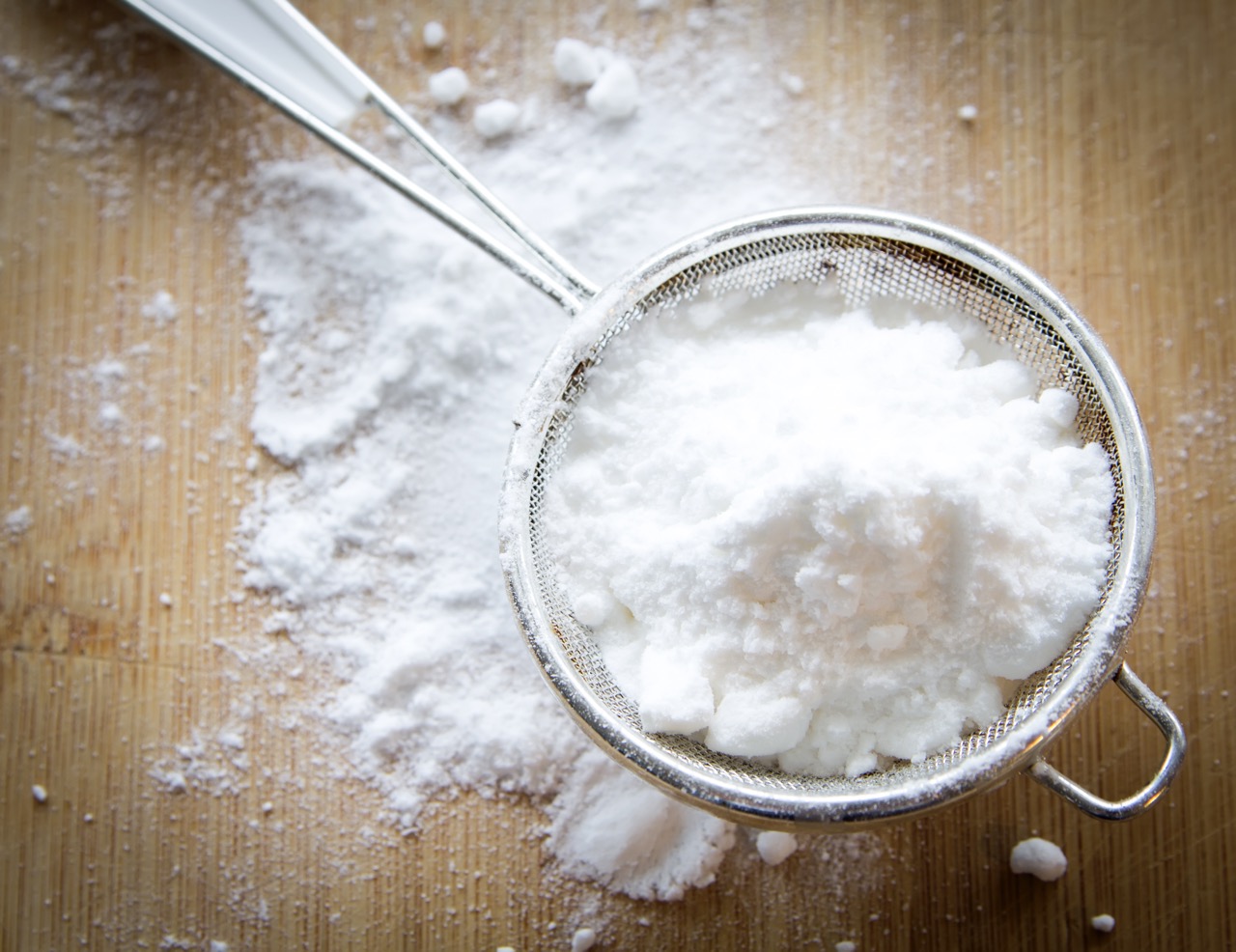
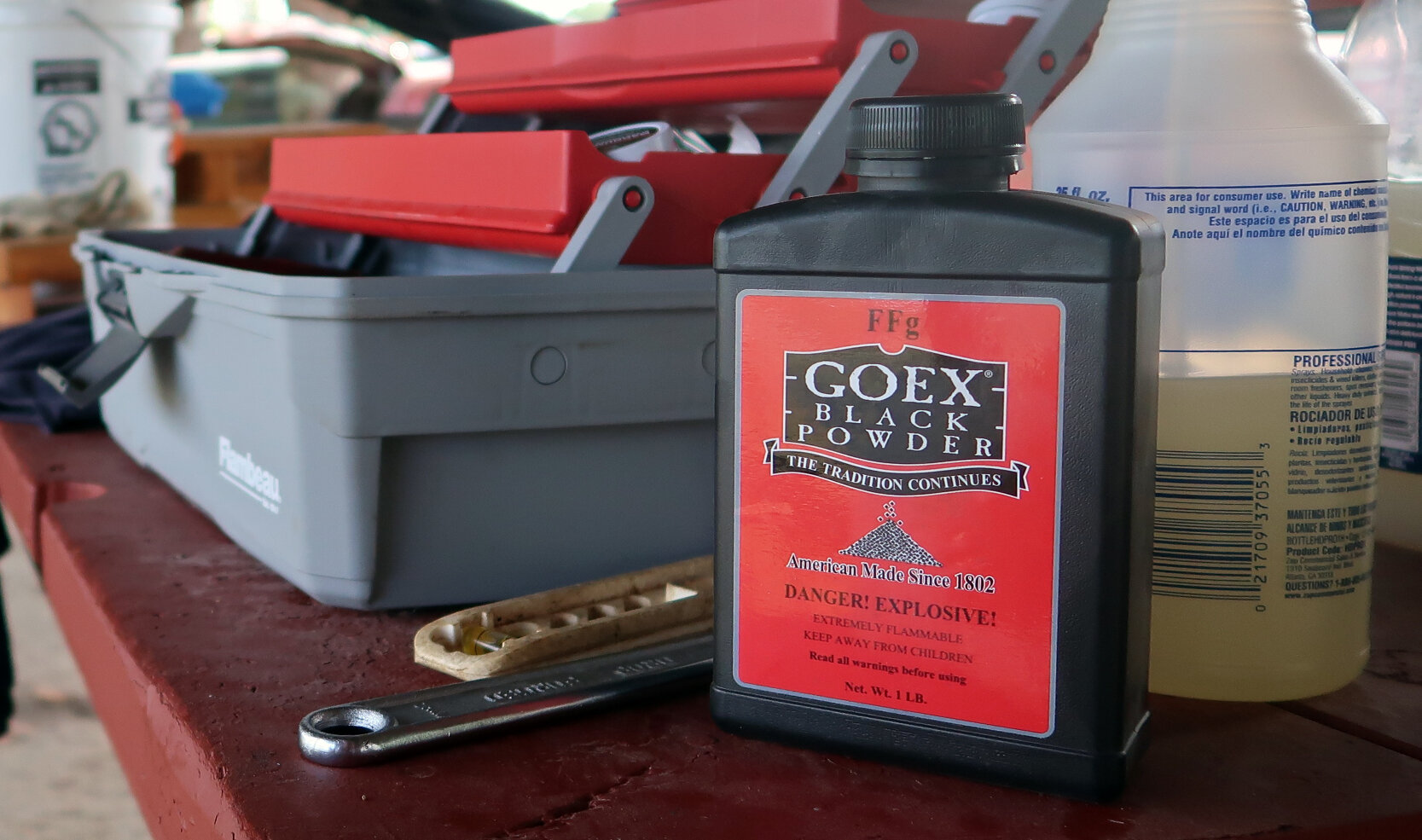
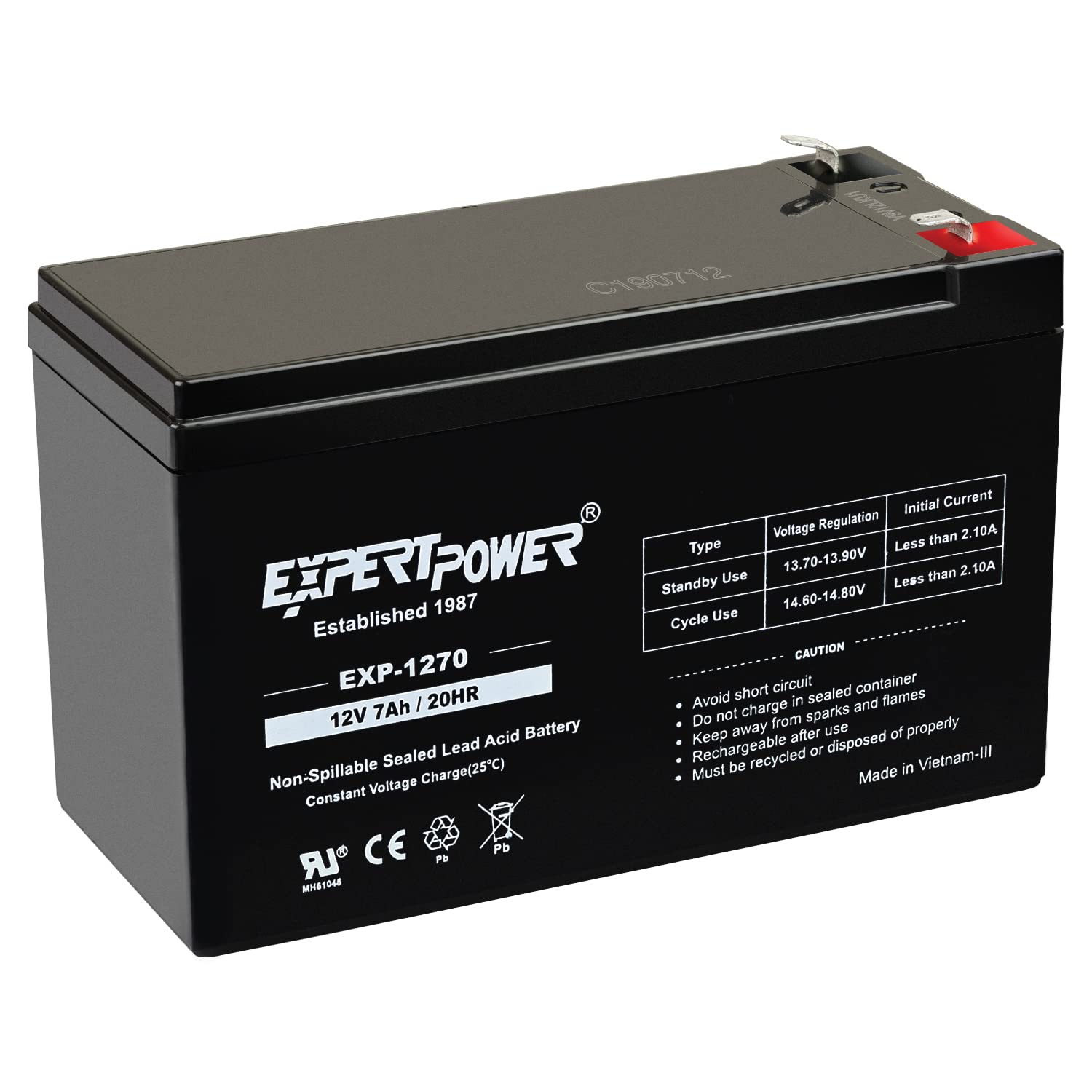
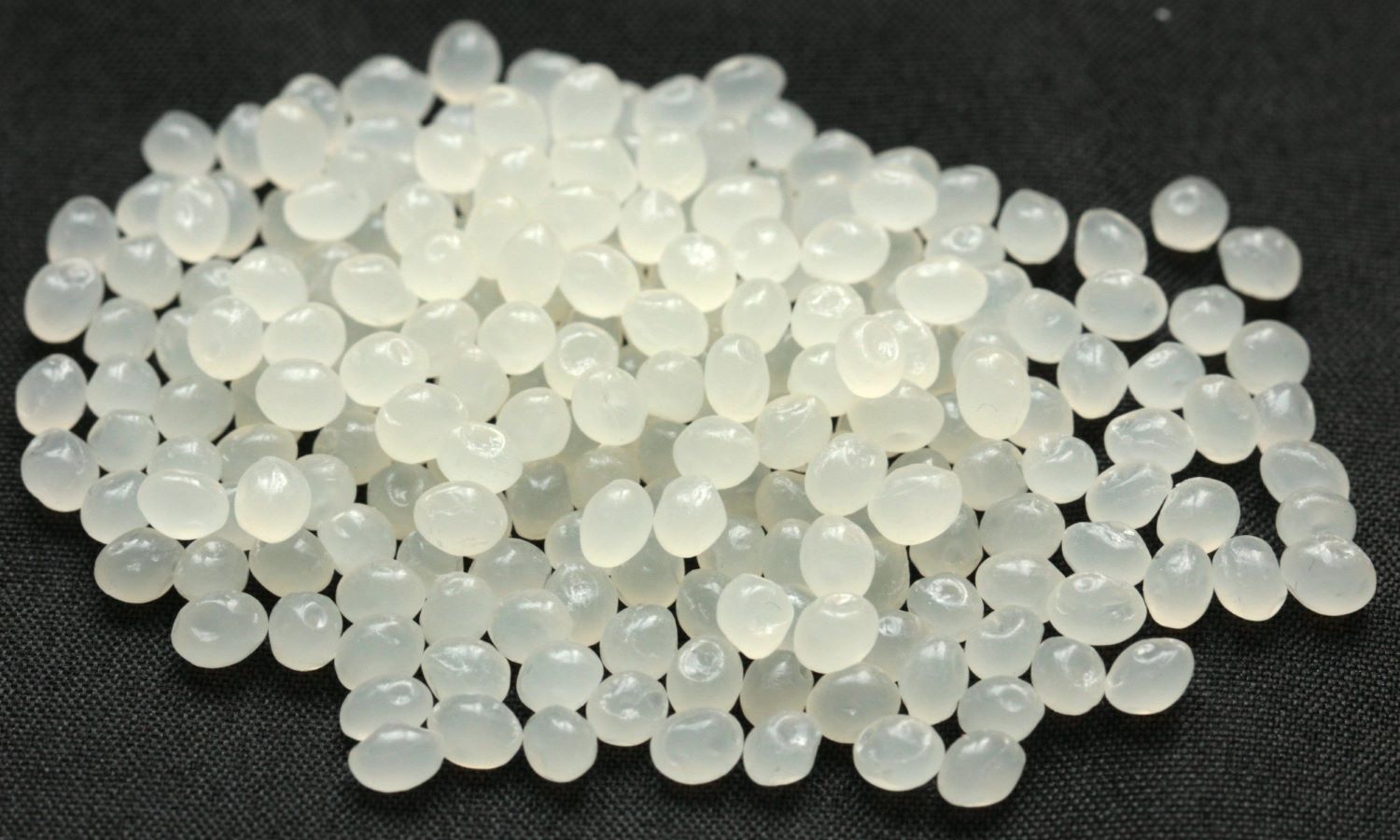

0 thoughts on “How To Store Oxalic Acid Powder”